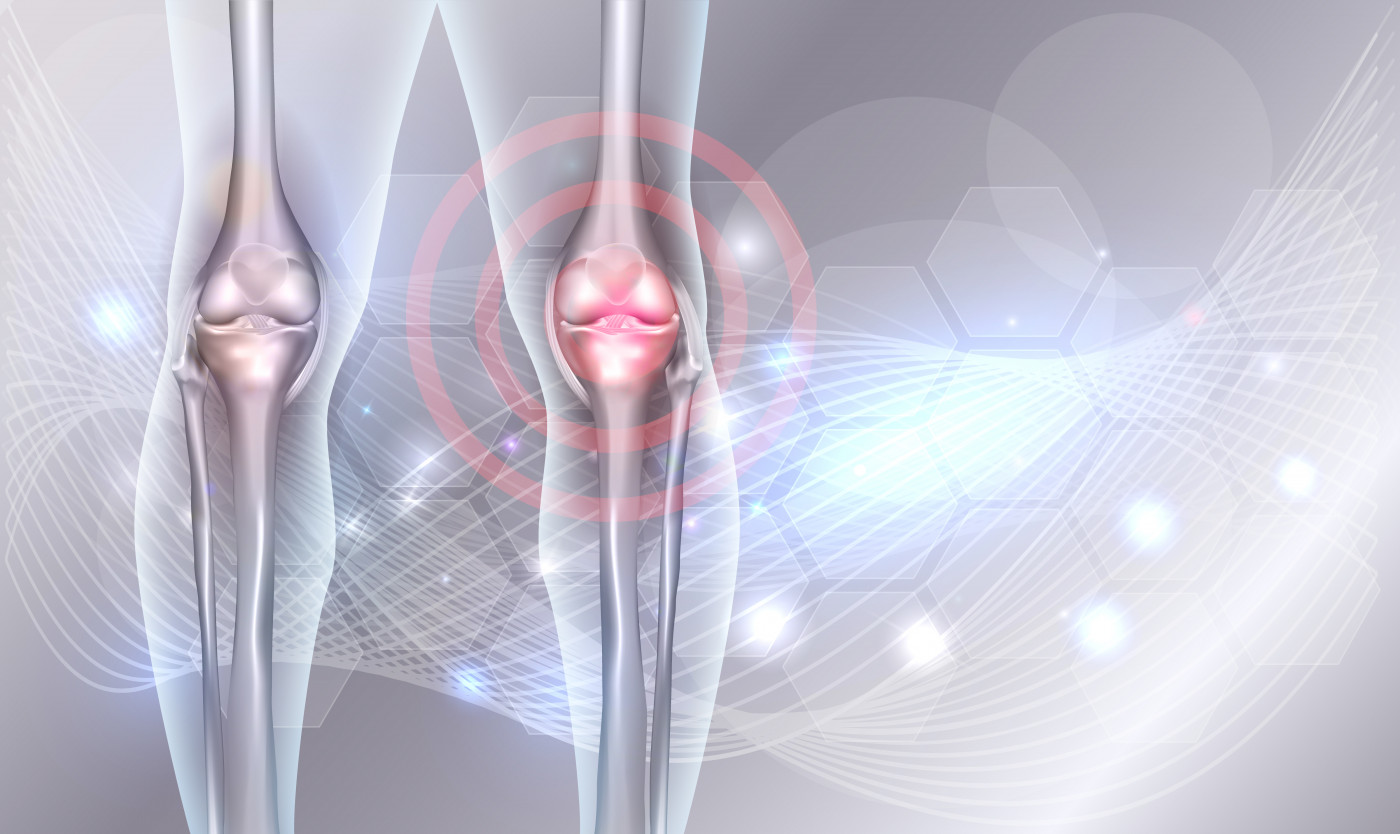Hemlibra Used to Prevent Bleeds Can Aid Joint Health in Hemophilia A, Trial Data Show

Prophylactic, or preventive, use of Hemlibra (emicizumab) promotes joint health in people with hemophilia A, according to a new analysis of data from a Phase 3 trial.
These findings were announced in the oral presentation “Bone and Joint Health Markers in Persons with Hemophilia A (PwHA) Treated with Emicizumab in HAVEN 3,” at the recent 61st Annual Meeting of the American Society of Hematology (ASH) in Orlando, Florida.
Researchers conducting this analysis found “significant and clinically relevant improvements” in joint health after about one year of Hemlibra used as prophylaxis.
Genentech’s Hemlibra is a bi-specific antibody, meaning that it has the ability to bind to two different targets simultaneously. It mimics how the blood clotting protein factor VIII (FVIII), which people with hemophilia A are missing, works in the body by binding to both clotting factors IX (FIX) and X (FX) to allow for proper clotting.
The medication has been approved in the U.S. and Canada as a routine preventive treatment for adults and children with hemophilia A, with or without FVIII inhibitors. It’s approved in Europe as a prophylaxis for all hemophilia A patients with inhibitors, and for those with severe forms of the disease with or without inhibitors.
Hemlibra’s safety and effectiveness in preventing bleeds in people with hemophilia A without inhibitors was established in the open-label and global Phase 3 HAVEN 3 (NCT02847637) clinical trial.
Its 152 patients were on standard treatment for their disease, using recombinant factor VIII either on-demand or as a prophylaxis. Once enrolled, they started on Hemlibra as an under-the-skin injection either every week or every two weeks.
Trial data, published in 2018, showed that Hemlibra safely lowered the number of bleeds, including joint bleeds, in these people.
This new analysis focused on changes in joint and bone health with Hemlibra’s use in a subgroup of 107 patients, evaluated using the Hemophilia Joint Health Scores 2.1 (HJHS v2.1) that assesses nine “items” related to joint structure and function.
“Significant and clinically relevant” HJHS changes are those showing a two-point or greater reduction in these items. Measures were taken at baseline (at study start) and again 49 weeks after starting Hemlibra treatment.
Levels of several biomarkers of bone formation, resorption (breaking down of bone tissue), cartilage turnover, and inflammation were also measured in 117 patients at baseline and again after three, six, 12 and 18 months of treatment. Of these patients, 94 had also been evaluated for joint and bone health using the HJHS v2.1.
Analyses found that people who entered the study with at least one target joint — a joint with recurrent bleeds — experienced an overall improvement in joint health. A mean reduction of 2.25 points in total HJHS, and of 2.23 points in HJHS joint-specific domain (excluding gait), were seen after nearly one year (49 weeks) of preventive treatment. This overall improvement in HJHS scores were observed in different joints, including the knees, ankles and elbows.
No significant differences in biomarker levels, however, were seen between patients who entered the study using either on-demand or preventive FVIII treatment, or among those who entered with and without target joints.
Despite the high variability among patients, the mean values of most bone and joint biomarkers were in the normal or near normal range at baseline. None of these biomarkers changed significantly over the course of treatment.
“This analysis provides further evidence of the positive effect of emicizumab [Hemlibra] on joint health, showing significant and clinically relevant improvements in HJHS after as few as 49 weeks of emicizumab prophylaxis,” the investigators wrote.
“The biomarkers measured in blood as surrogates of bone and joint health did not show significant changes over the first 18 months of emicizumab prophylaxis. This may reflect heterogeneity between individuals, and effects on the measured biomarkers by factors other than joint health,” they added.
“Additional data are needed to better understand the long-term effect of emicizumab prophylaxis on bone and joint health,” the researchers concluded.





